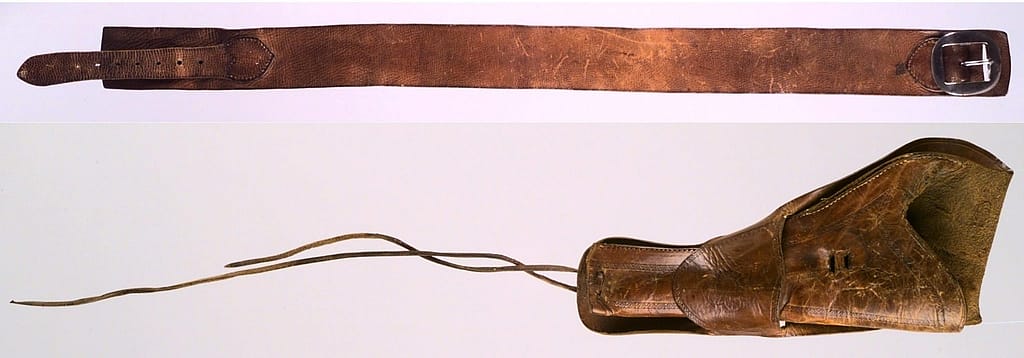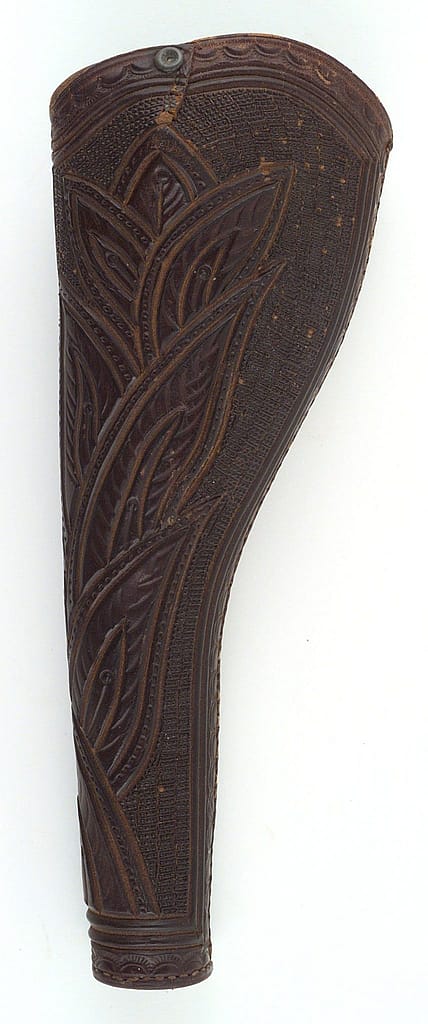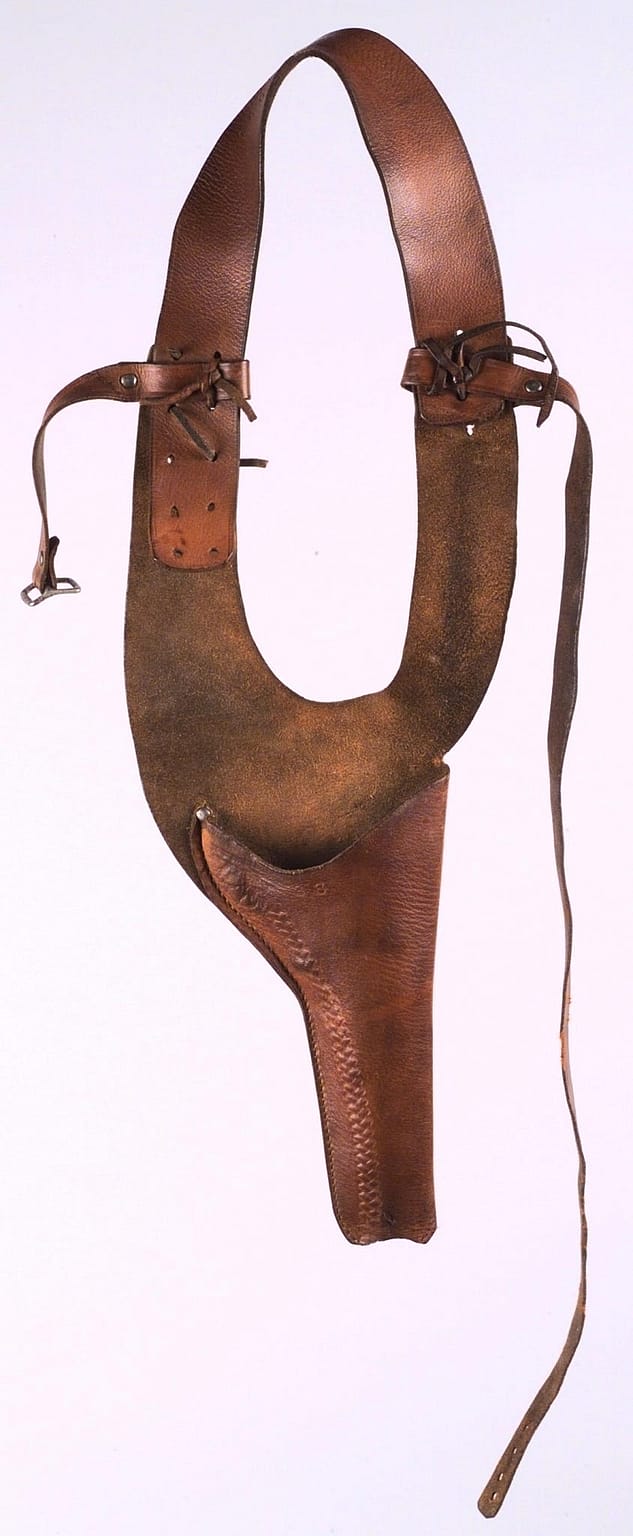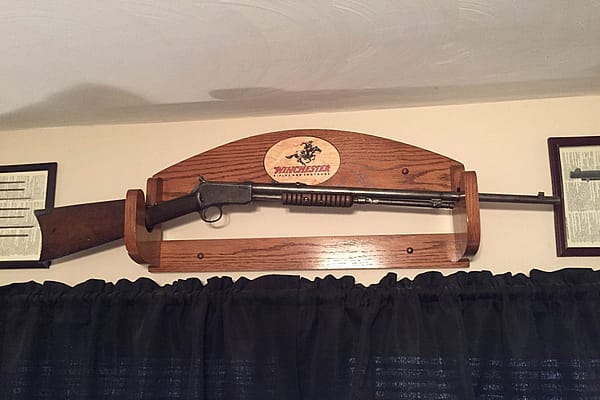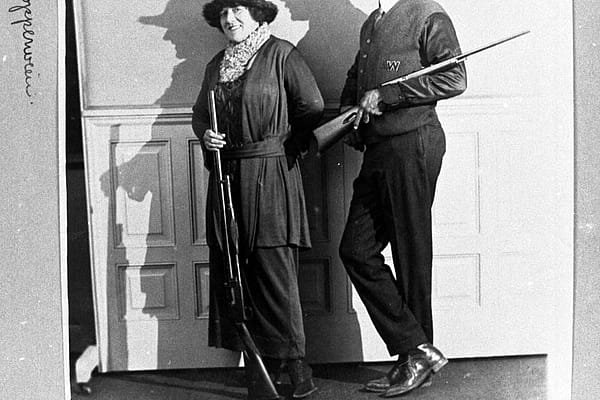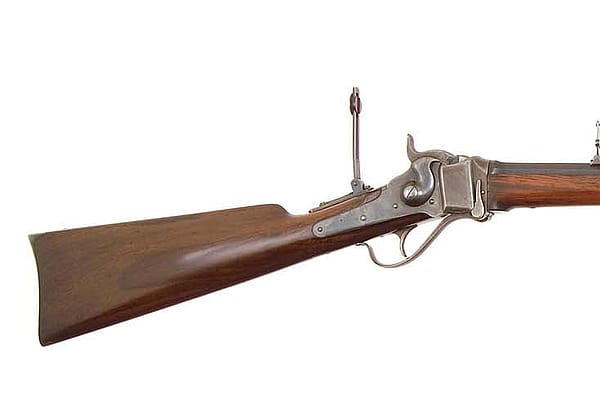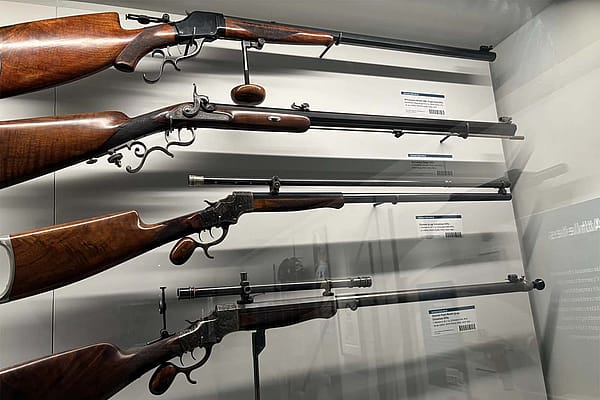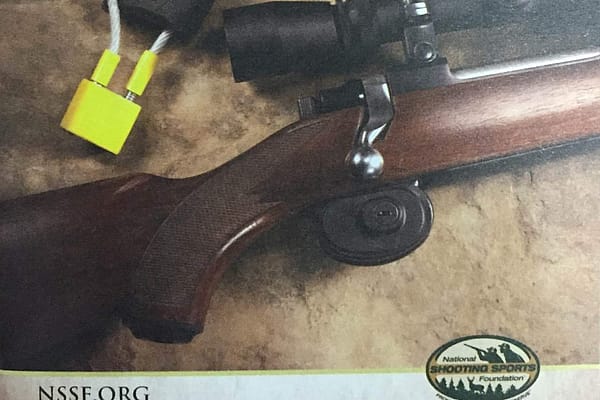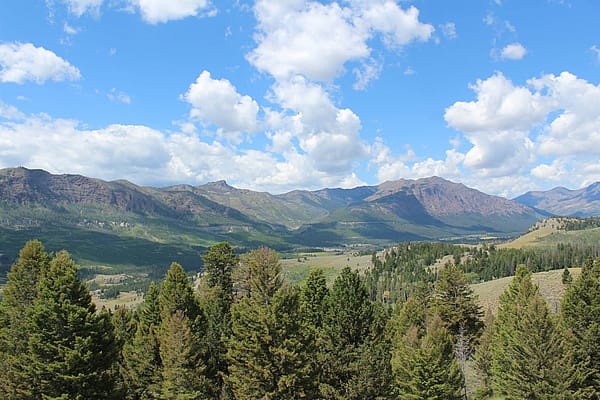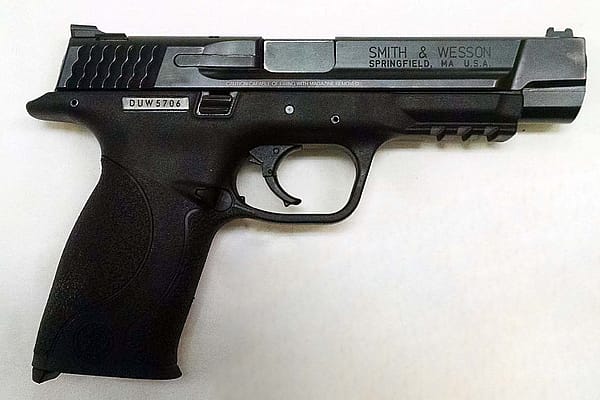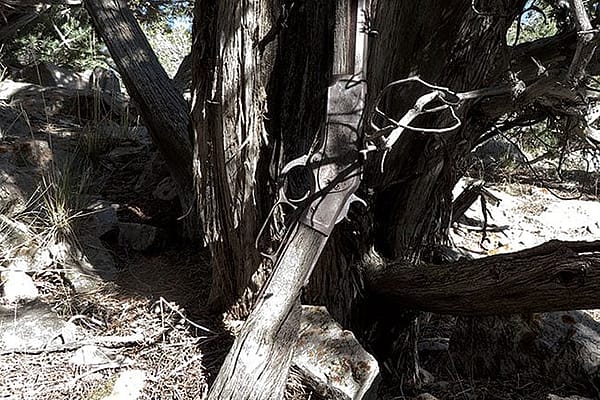
Slapping Leather: Handgun and Holster History
One of the most prominent myths of the American frontier is that everyone was perpetually armed with a gun. This was not so, but many did opt to carry a firearm. Those who decided to pack heat needed some means of carrying their arm in comfort while also ensuring the gun would be protected and easy to access. The style of holster and the way it was worn said a lot about the individual who was wearing it.
Depending on the type of firearm, a holster can be just as important as the gun. Certain important qualities of a rig are reliability, style, and placement. This brief post will particularly examine the development and change in style over time of frontier handgun holsters. The history of the frontier gun leather provides an interesting parallel to the development of handguns themselves.
As the United States began to develop, and westward expansion was underway, the rapid evolution of firearms and holsters began as well. Prior to the 1830s, single-shot percussion or flintlock pistols could be “carried in a belt sash or might have a metal clip on the side to hook the gun onto the belt.” (Rosa, p. 58, 2007) Handguns of the time were fragile and cumbersome to carry in such a fashion.
In the 1830s a new development arose that provided more practical means of carrying and protecting a firearm—the pommel holster. Used by both military and civilian personnel, pommel holsters were created due to the massive size of frontier pistols. The pommel holster was draped in front of the saddle on horseback. This made large arms, such as the Colt Walker, easy to access and protected from the elements.
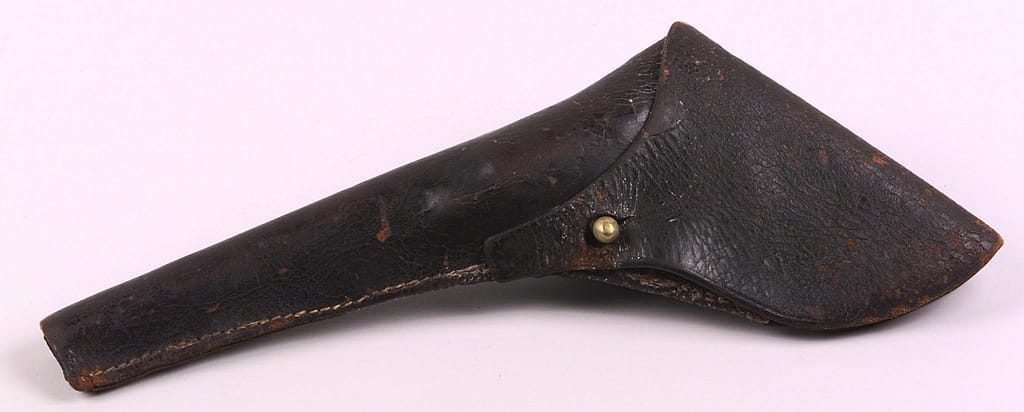
In the 1850s, as a wide variety of handguns were developed, holster styles rapidly developed as well. Many civilian holsters mimicked the military holsters with flaps that fully covered and protected the gun from fouling due to exposure to weather. Others were made for quicker access, and featured open tops.
Open top belt mounted holsters are commonly seen in western films and are based on certain holsters that were introduced on the frontier throughout the mid to late 1800s. Styles included the 1850s California or Slim Jim holster, the early 1870s Mexican Loop holsters, and some chose concealed shoulder holsters or hip-pocket holsters.
It would not be until the 1920s that the holsters most people think of on cowboys and outlaws would be made. Originally known as the Buscadero, this style of holster was often tooled and outfitted with engraved buckles and trimmings. Very fashionable and low slung, these quick draw rigs became more commonly associated with cowboys and the West than the very holsters that were being used. Roy Rogers, The Lone Ranger, Tex Ritter, etc. were the cowboys who would first wear such holsters.
While this is a very brief overview of holster history, there is even more fascinating history and information about them. Many famous gunfighters had their own particular rigs that suited their tastes or functional capabilities. From tooled designs, to the ways that they were worn (such as cross-draw vs. plains style), and other intriguing uses and designs, I encourage readers to delve deeper into the history of these functional and beautiful leather rigs.
Source cited: Rosa, Joseph G. Age of the Gunfighter: Men and Weapons on the Frontier 1840 – 1900. p. 58. University of Oklahoma, 2007. Print.
Written By
Ryan Hodges
Ryan Hodges is from Boones Mill, Virginia, and recently received his undergraduate degree in history with a concentration in public history from Roanoke College in Salem, Virginia. He is currently participating in an internship at the Cody Firearms Museum at the Buffalo Bill Center of the West. He posts daily about various firearms in the museum, creates text panels for various exhibits, and works with the firearms educational programming that includes gun safety.
